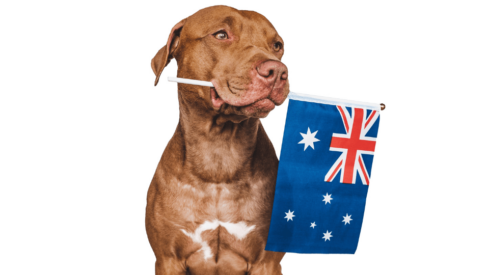Almost 7 out of 10 Australian households own a pet

New Animal Medicines Australia (AMA) research reveals that consumers spent AU$33.2 billion ($22.6B) on pet supplies last year.
Around 28.7 million pets are residents in 6.9 million households across Australia, according to a national pet population survey.
These numbers revealed the boom in pet ownership seen during the COVID-19 pandemic leveled out to a “new normal” of pet ownership in Australia, with 69% of households now home to one or more pets.
Almost half of all households have at least one dog, and a third housing at least one cat. The number of other pets has largely remained stable since 2019.
The survey found that many are first-time pet owners who acquired their pets during the pandemic. Dogs and cats have led this continuous growth in pet ownership.
Food accounts for half of spending
According to AMA’s latest Pets in Australia survey, prices for dogs and cats doubled those of the pre-March 2020 world.
The survey reveals 34% of dogs now cost more than AU$2,000 ($1,346) vs. 16% pre-pandemic, and 11% of cats now cost more than AU$1,000 ($673) vs. 8% pre-pandemic.
Pet food represents more than half (51%) of the total spending, followed by veterinary services (14%), pet products and accessories (9%), and pet healthcare products (9%). Australian pet parents allocate 4% to grooming services and 3% to pet insurance.
The study also pointed out that vets remain the most trusted source of advice; 84% of dog owners and 69% of cat owners have taken their animals to the vet in the last 12 months.
Reasons for owning a pet
Many respondents’ key motivations for owning a pet include companionship, rescuing animals, recreation, and mental health. More than 8 out of 10 pet parents agree that their pet positively impacted their physical and mental well-being.
AMA’s Executive Director Ben Stapley said: “The research identified 4 distinct segments of pet owners. The largest cohort of 30% is driven by affordability and convenience, meaning they are less likely to spend money on non-essential items.
“Others constituting 25%, many of whom are retirees and empty-nesters, are looking for simplicity and reliability to maintain a happy and well-cared animal companion.”